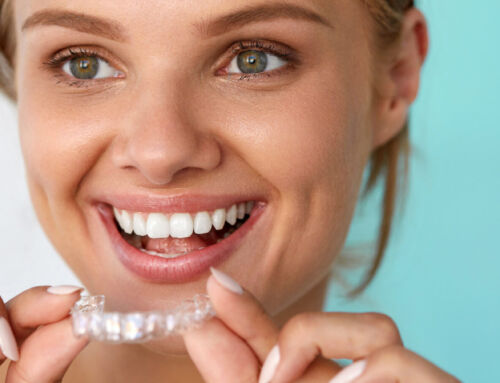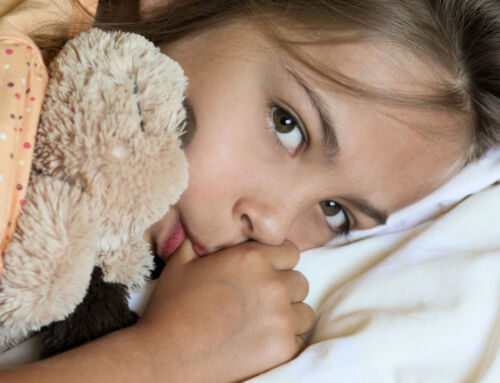Are you considering orthodontia for your child but aren’t sure when it’s the best time to start? You’ve arrived at the right place. In this guide, we’ll go over the best age to get braces as well as what you can expect going forward.
If you’re looking into getting braces for yourself, you’ll also learn about what to expect when it comes to braces for adults. Read on for our easy guide on braces for kids and adults!

What is the Best Age to Get Braces?
When it comes to the best age to get braces, there is no specific age for everyone. This is because it comes down to your child’s teeth as well as your dentist’s recommendations. Some children may not even need braces. However, the majority of orthodontists agree that kids should get braces in the pre-adolescent ages of 10 to 14.
This is the best time to get braces because nearly all of their adult teeth will be in place. They’ll also have softer jawbone tissue that makes it easier to change their positioning compared to when they’re older.
Does Your Child Need Braces?
Now that you know the best age range for when to get braces, you may be wondering whether your child will need them. You should take your child in to see an orthodontist around the age of seven in order to get a recommendation.
This is because, at this time, orthodontists can spot misalignments and other teeth or jaw issues early on. Once they spot any issues, they can begin with early intervention that will make it easier to correct their teeth and jaw when they’re older.
This is often called “phase one” orthodontic care because it takes care of easy fixes, such as:
- Wearing an expander
- Partial braces for a short-term period
- Dental appliances for jaw growth
During this time, your dentist will help children who are having difficulty biting, jaw clicking, losing baby teeth early, and more. The main goal is to make sure there’s room in the mouth for permanent teeth to grow properly.
The American Associate of Orthodontists (AAO) provides even more benefits to early orthodontia, including correcting crossbites, underbites, and more.
Can Adults Get Braces?
Even though it’s recommended for orthodontia to be started when you’re younger, this doesn’t mean adults aren’t able to get orthodontia too. The AAO states that one in five patients is over the age of 18.
Since your bones have stopped growing, structural changes may need to be made with surgery. You may also find that your treatment plan is longer compared to children at an average of two years.
However, orthodontia for adults can achieve more than a beautiful smile. You may find that you’ll have an easier time chewing and swallowing when your bite is corrected. Facial pain and stress can be relieved as well as less of a likelihood of getting tooth decay or gum disease.
What to Expect When Getting Braces
Now that you know about getting braces for both children and adults, it helps to know what to expect before the big day. You can help walk your child through the process so that they know there’s nothing to fear.
Pain
You’ll find that it doesn’t hurt to have braces put on–the pain comes later as your teeth are moving. However, this pain can quickly subside with the help of over-the-counter pain medications.
Pain can also be from the metal brackets rubbing against the inside of your mouth. In those cases, your orthodontists will give you wax to cover up the painful areas that are rubbing against your mouth. For the sore places in your mouth, dentists also recommend rinsing with a saltwater solution.
Foods to Eat
It can be hard to eat foods that require you to chew for the first few days since your child’s mouth will be sore. With this in mind, here are a few recommendations for foods to eat:
- Yogurt
- Scrambled eggs
- Smoothies
- Fish
- Bananas and berries
- Potatoes
- Steamed vegetables
- Oatmeal
- Macaroni and cheese
You can mix spinach or cauliflower in the smoothies for a healthier beverage that incorporates more vitamins.
Foods to Avoid
One of the hardest parts about having braces is making sure to avoid hard and sticky foods that can damage the brackets. Here are a few of the most common foods to keep in mind:
- Popcorn
- Nuts
- Ice
- Hard candy
- Chewing gum
- Caramels
- Corn on the cob
Try not to have these food items in your home to make them less tempting. Instead of popcorn at the movie theater, try nachos, hot dogs, or ice cream if they offer it.
Preventing Cavities
Getting braces isn’t an excuse to stop brushing and flossing, even though it may take a while to adjust to the wires and brackets. If you or your child are having trouble flossing with the wires in the way, orthodontists often recommend water flossers or interproximal brushes.
When you brush your teeth, make sure to keep the brush at a 45-degree angle towards your gum line in order to ensure you’re getting all the nooks and crannies. If you can’t brush after you’re finished eating, make sure you at least swish your mouth out with water, especially if you’ve eaten acidic or sugary foods.
The Best Age to Get Braces: Starting at Seven
When it comes to getting braces, many orthodontists recommend scheduling your first appointment for your child when they’re seven years old. Once they provide recommendations on phase one treatments, the best age to get braces is in-between the ages of 10 to 14.
Not only will treatment be faster and easier, but children can also enjoy a beautiful smile and an easier time chewing and swallowing into their adulthood. It helps to prepare in advance!
Ready to find a quality orthodontist based in southern Forth Worth, Texas? Contact us today to schedule your initial appointment!




